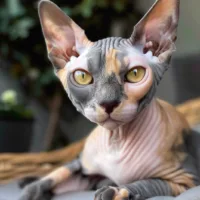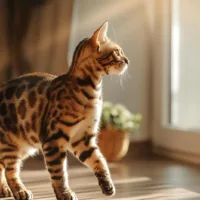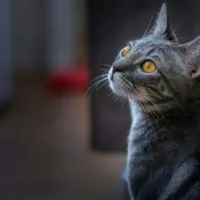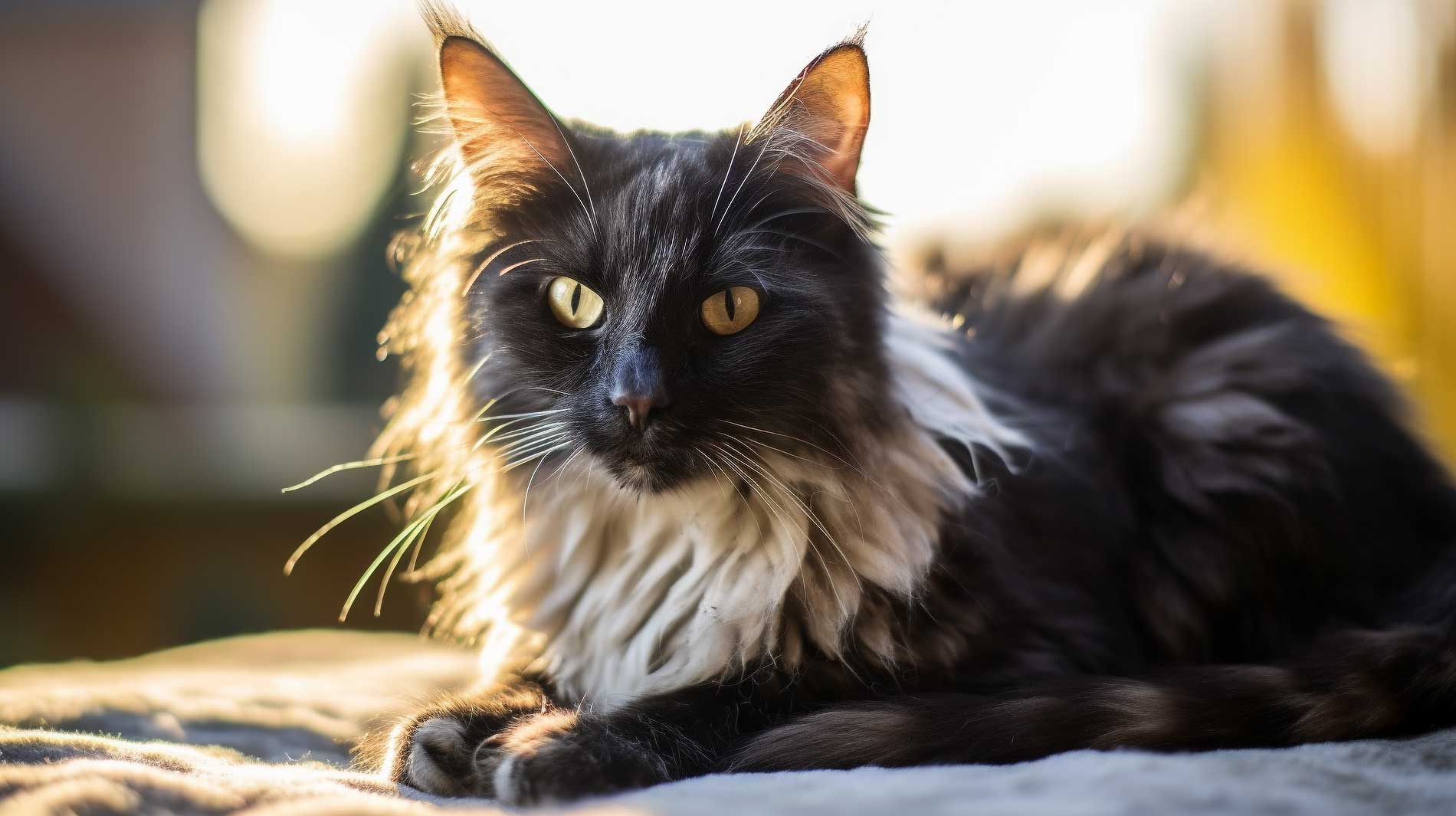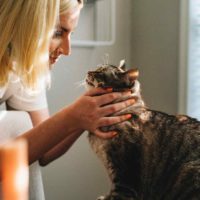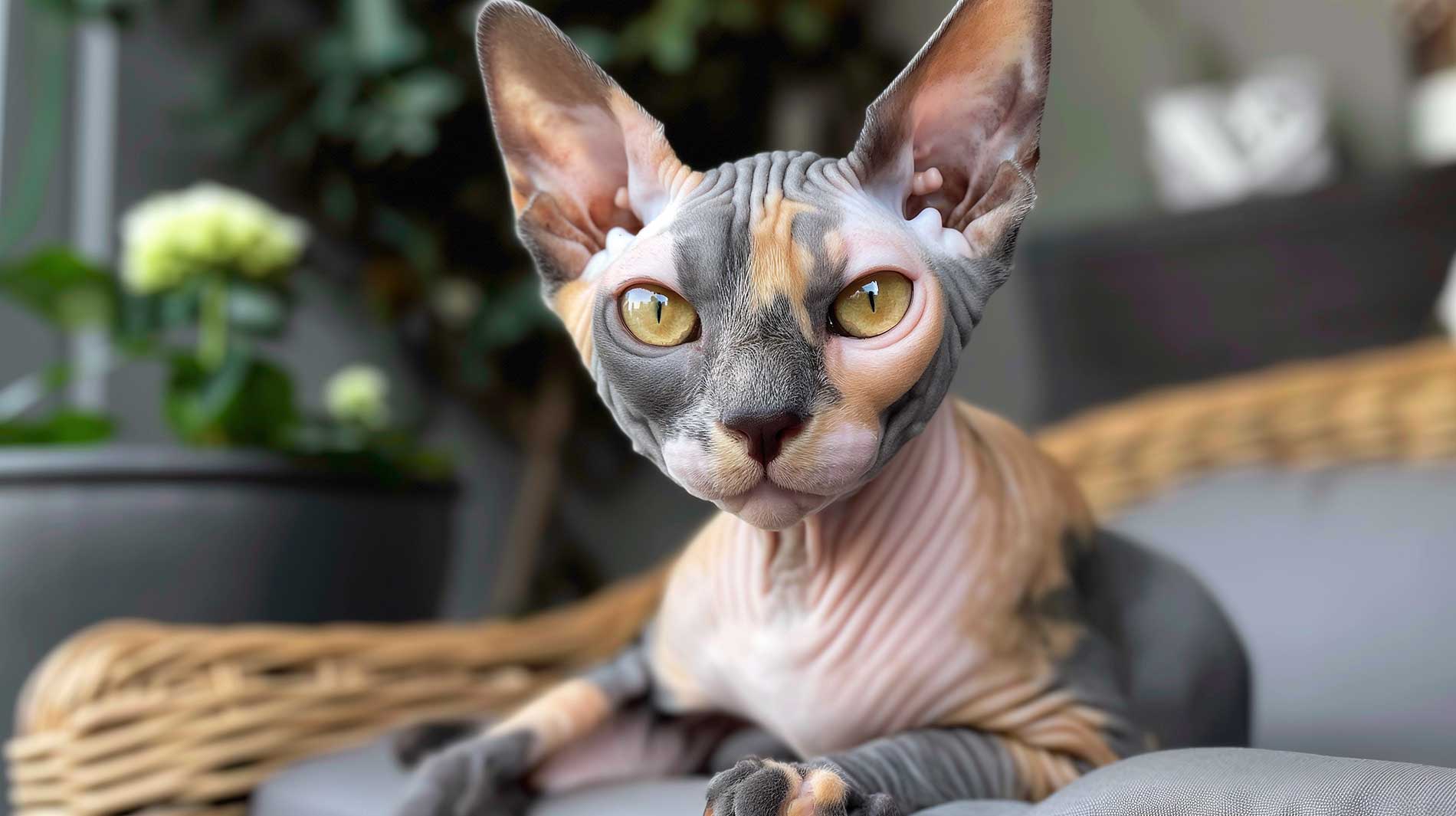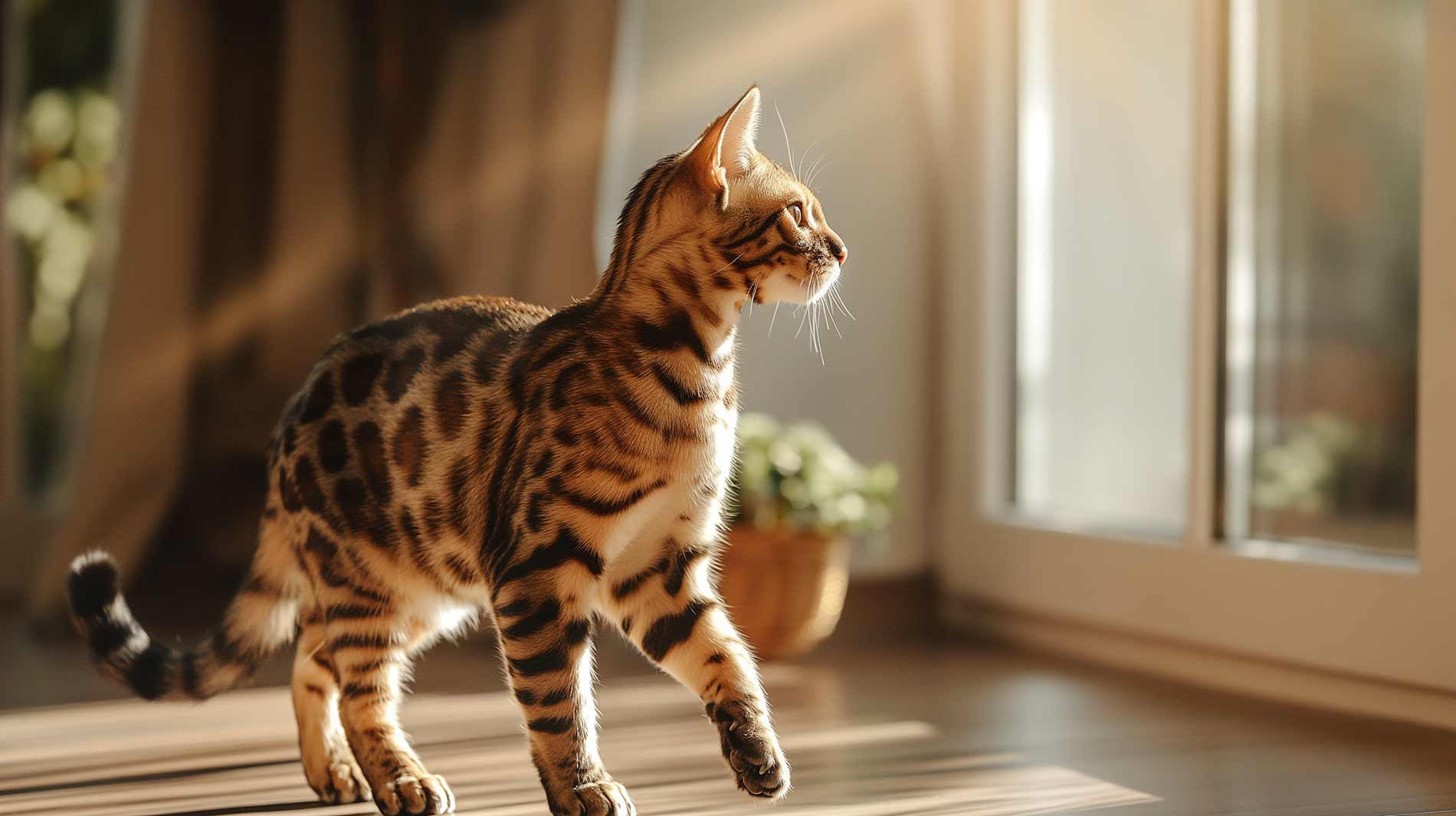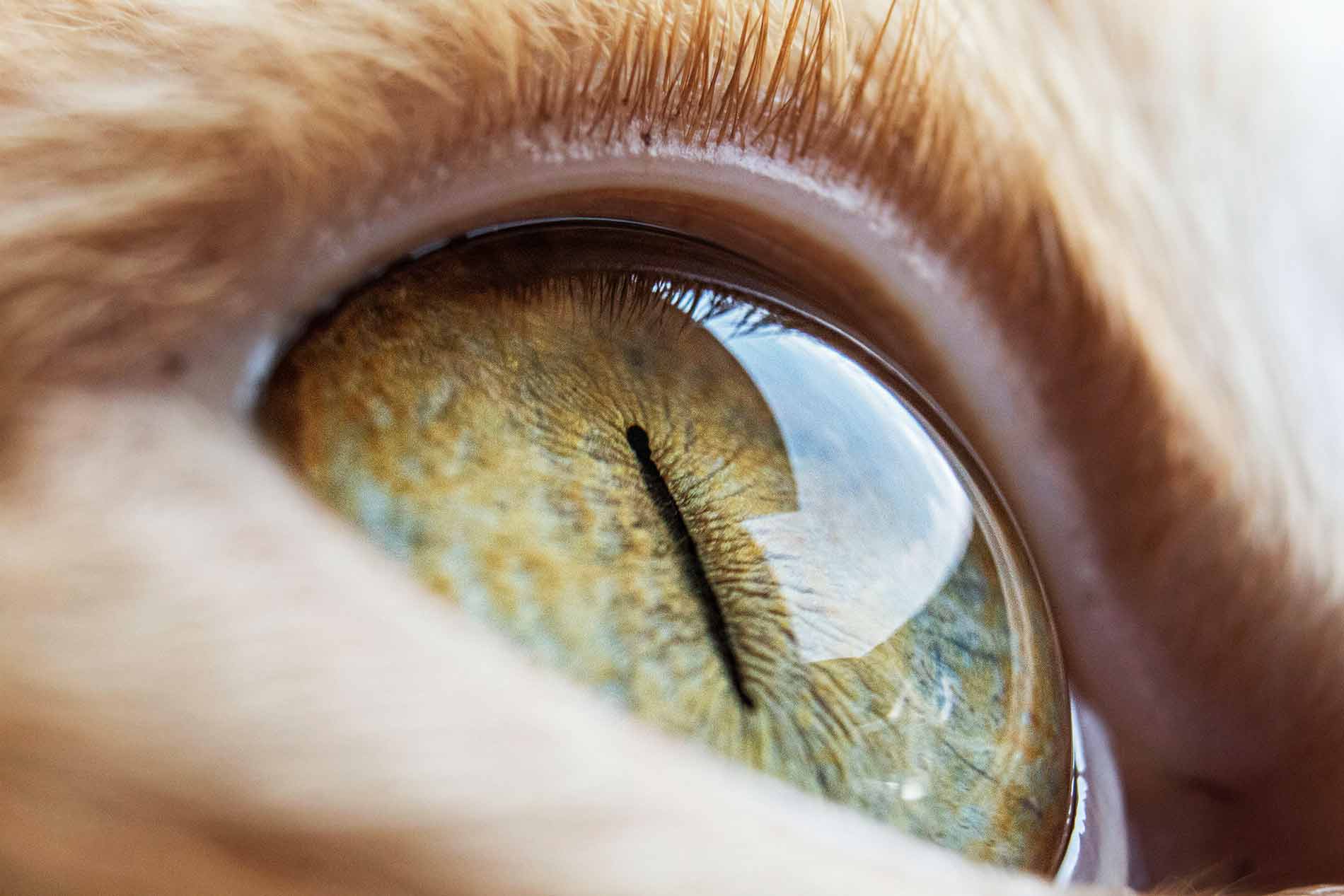- Monitor behavior and physical changes
- Plan regular vet visits
- Educate yourself on common senior cat diseases
- Support grooming and skin care
- Feed your cat according to age
- Adapt your home
- Provide mental and physical stimulation
What makes your cat a senior and when should your start with special care?
This honestly depends on the breed and the individual cat. Given the fact that most cats reach a maximum age between 10 and 18, it makes sense to at least look at cats older than 8 as middle-aged cats. But as your senior cat might get a bit grumpy with age, it makes sense to get them used to the care measures sooner anyways. Some say you can kind of figure out your cat’s age in human years if you multiply it by 7.1 According to that, and if you’d say we say a senior human needs to be around their mid-60s, a cat would be a senior from about 12 years.
But as said, this is not always the same for every cat. Some cats can be considered seniors with 8 years already, while the AAFP (American Association of Feline Practitioners) considers cats above 10 years to be seniors. They also see “‘geriatric’ […] more [as] a statement of health status, and [not as] specifically associated [to] age”.2
Caring for a senior cat – recognize the signs of aging
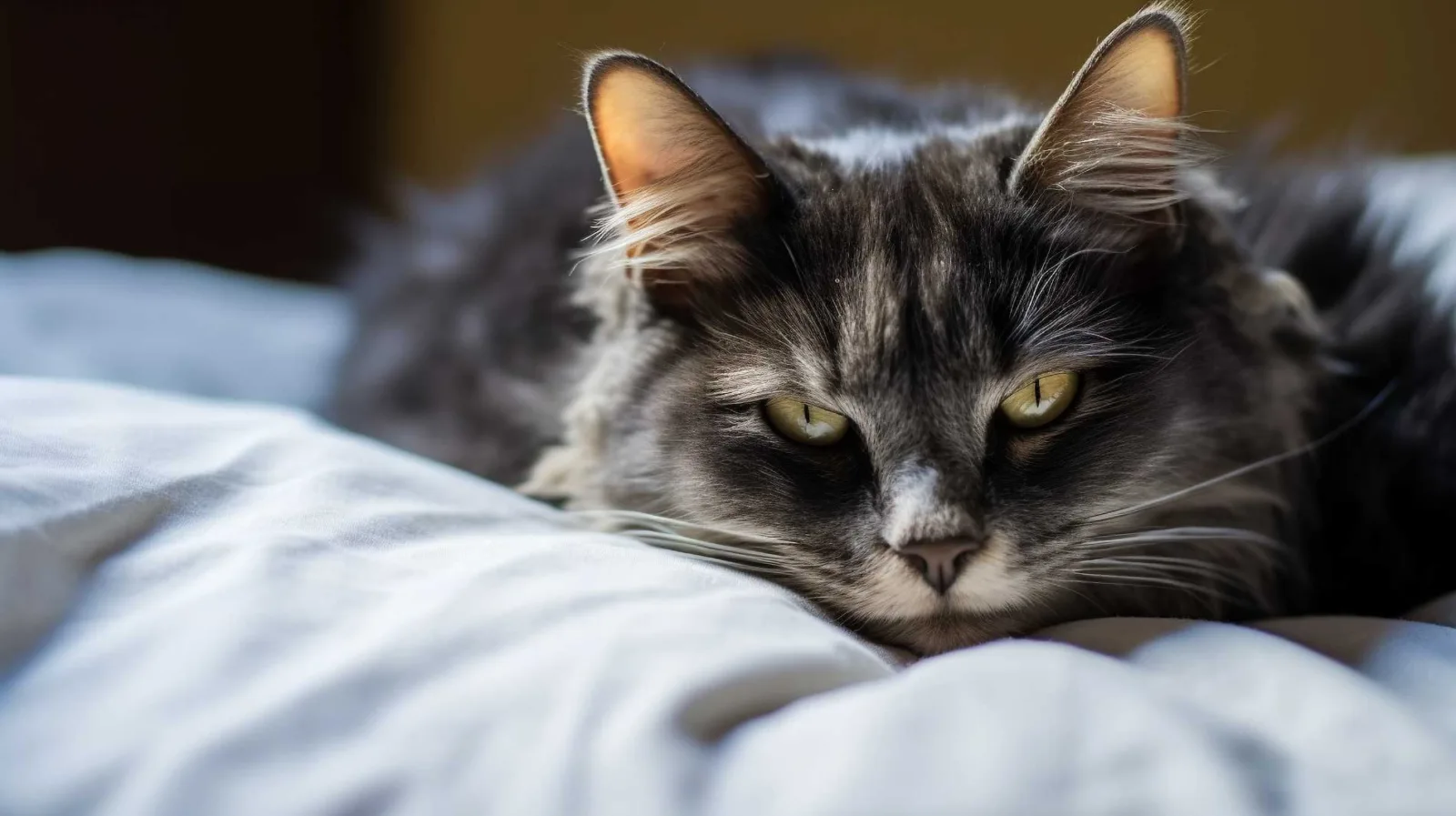
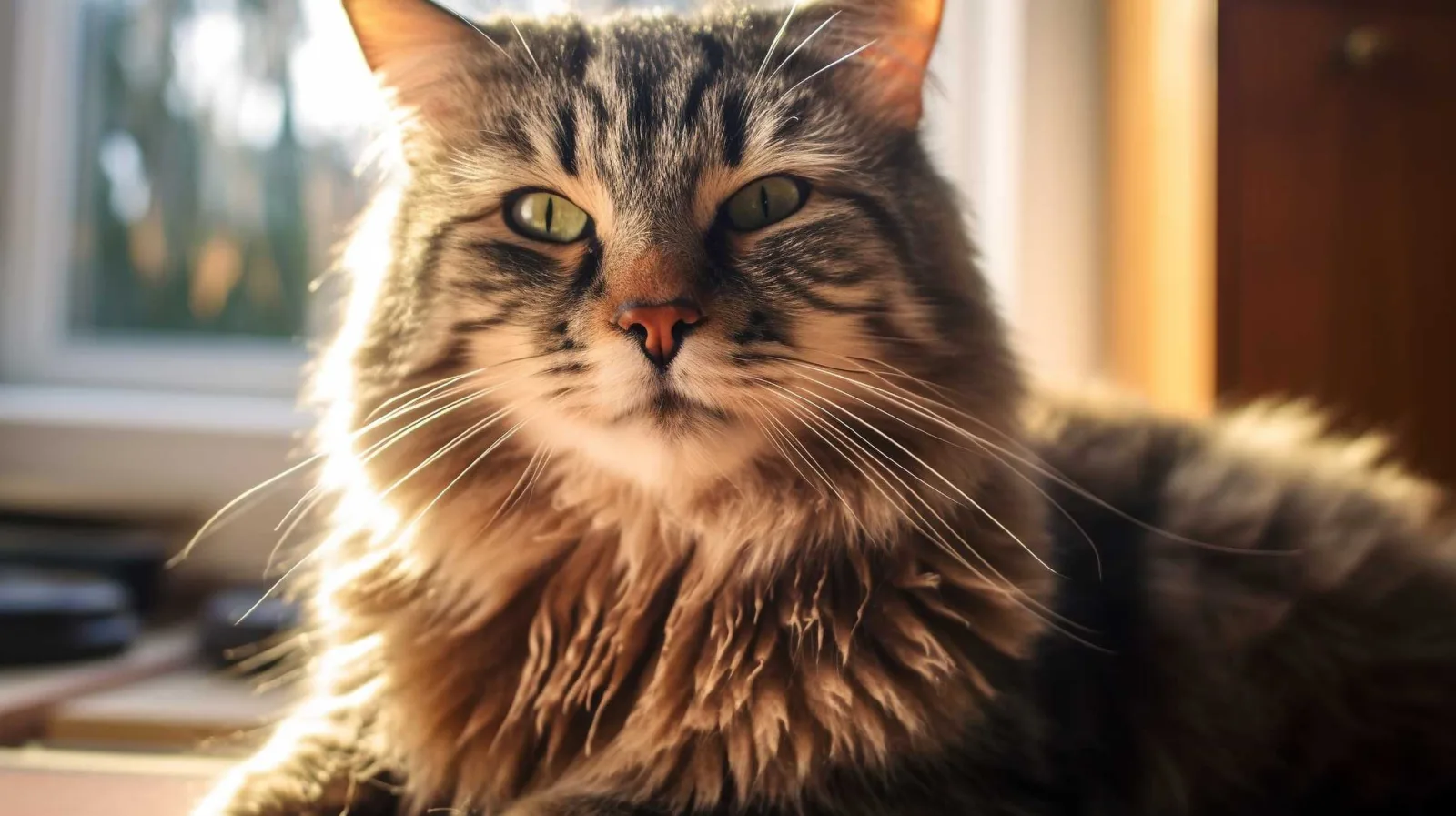
As cats transition into their senior years, they may exhibit various signs such as a greying muzzle, unkempt fur, and thinner skin. Behavioral changes are also common; they may meow louder, sleep longer, and play less. They might even, like humans, get dementia. Typical behavior might look like your cat wandering through your home, meowing loudly, seemingly looking for something or someone.
Monitor behavior and physical changes
It’s crucial to keep a close watch on older cats as they tend to experience a more rapid decline in health compared to their younger counterparts. You should weigh your cat regularly to keep an eye on their weight – if she loses weight, starts to look thinner, or suddenly ducks away when you touch her at certain parts, do not wait and go to the vet immediately.
Other changes to look out for include increased thirst, lost appetite, overgrooming, inappropriate elimination, and vomiting.
You don’t have to care for your senior cat alone, plan regular vet visits

This is important because you cannot always see changes. Often, digress progresses unseen, so on the surface, your cat might look healthy and fine, but inside she can hide pain or illness. Cats, being natural predators, tend to hide their vulnerabilities, making it challenging to detect when they’re in pain or unwell. A common recommendation is to plan vet visits every 6 months.
Educate yourself on common senior cat diseases
Awareness of common ailments in older or senior cats can help in early detection and care treatment. Also, the outbreak of any illness in seniors is more probable the older the cat is.3 Learn about how the most frequent cat illnesses can be connected and how to spot them:
Degenerative joint disease (DJD)
Feline degenerative joint disease (DJD) is common in cats worldwide. In a study of 101 domestic short-haired cats, around 75% showed signs of DJD in their limbs, and ca. 40% had it in their spine, especially near the tail.4 Research found that cats with degenerative joint disease also often have chronic kidney disease.1 So if your cat shows any signs of joint issues, that’s definitely a sign to monitor her carefully, as it could be indicative of more significant underlying issues.
Hearing impairments
As your cat ages, her sensitivity to sounds may diminish, making outdoor excursions risky. If you cannot keep watch or don’t have a cat-proof fence, you should not let her out alone anymore to ensure her safety.
Old cats have a decreased vision
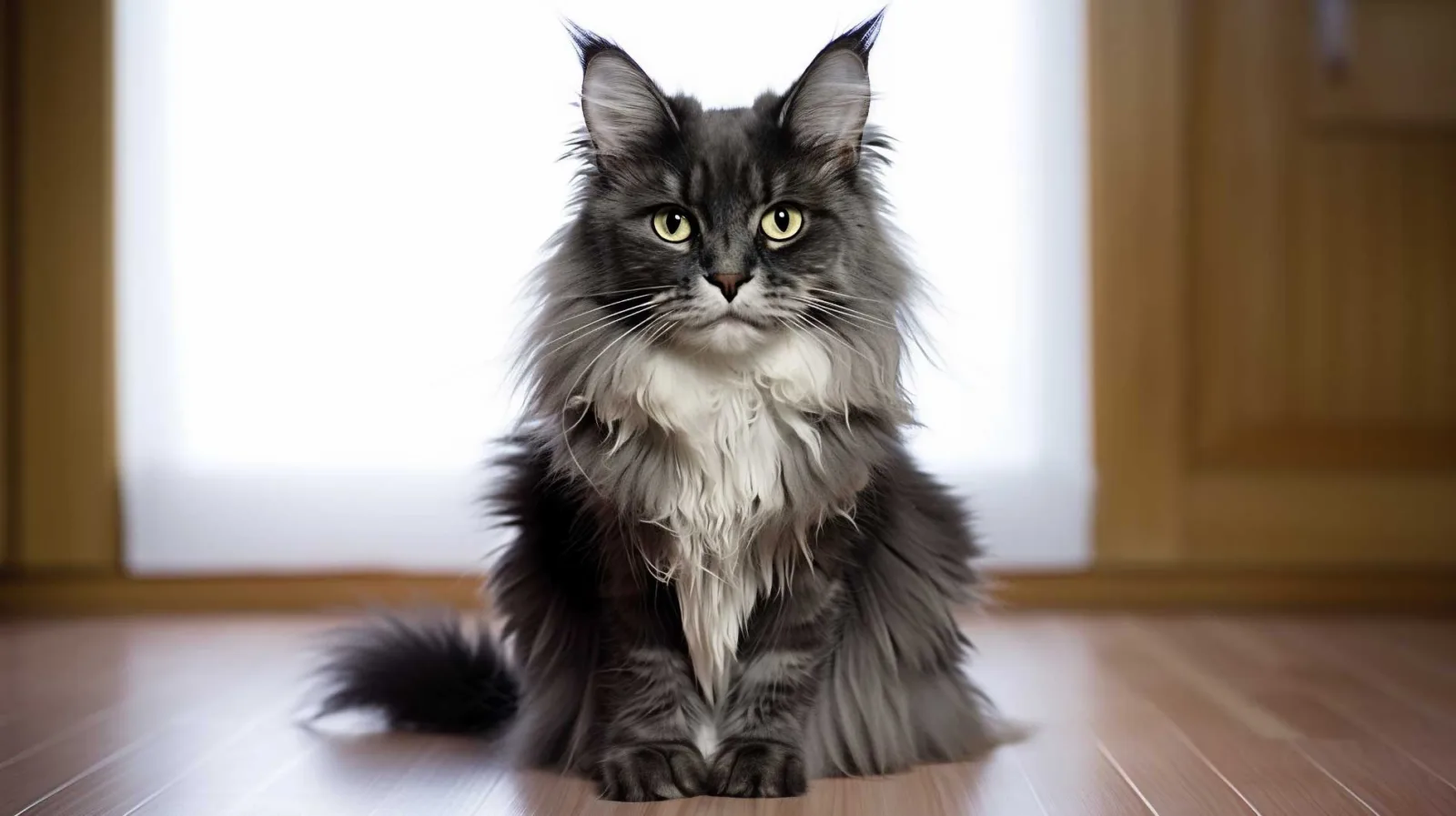
As with hearing loss, it’s always harsh for a cat to lose a sense she’s been relying on. If you notice your cat bumping into things or tripping over cables, you should get her vision checked. If your cats vision really starts to fade, you should always be a little more careful when playing. Not only can she more easily mistake your hand for a toy. You also don’t want her to run into anything that could hurt her.
Special dental health care for senior cats
You’ll find a list of symptoms to watch out for in this article about common cat illnesses. There is evidence that elderly cats with “bad teeth” often also exhibit reduced kidney functionality.5 Also, some experts attribute the frequent occurrence of Chronic Kidney Disease (CKD) to long-term exposure to bacteria in the blood (which can be caused by dental disease).3 The good news is that researchers also found that dental surgery can improve kidney function in the early stages of CKD as long as there are no other consequences. With elderly cats, longer dental surgery can be risky for the kidney, though, so it’s best to start with regular dental checks and care for your senior as soon as possible.5 Rad our guide about cat dental hygiene to avoid dental problems in the first place.
Chronic Kidney Disease
Cats over 15 years have a prevalence of Chronic Kidney Disease.3 The kidneys often reflect broader health issues, so take any signs of kidney issues seriously. Find out more about those in this article about cat illnesses.
Incontinence is common in older cats
You’ll definitely notice this one. Your cat is making it less and less likely to go to the toilet alone. It’s possible your cat just got more sensitive due to joint pain and requires a more shallow toilet entry (or a step to get in better). You should still get her to the vet asap, because it could also be a symptom of FLUTD (Feline Lower Urinary Tract Disease). If you care a senior cat, think about another cat toilet so her journey becomes shorter.
Diabetes is a typical risk for senior cats
The main risk factor for this illness is obesity. Typical symptoms are increased thirst and urination.6 We also covered it more in-depth here.
Thyroid Diseases
If your cat shows increased appetite and shaggy fur, let the vet check her thyroid. Diseases like hyperthyroidism (overactive thyroid) are often followed by kidney issues, cancer, or even heart failure.6 To check for this should be part of your senior cat’s regular health check. Read more about Hyperthyroidism.
Fur and skin care issues of senior cats
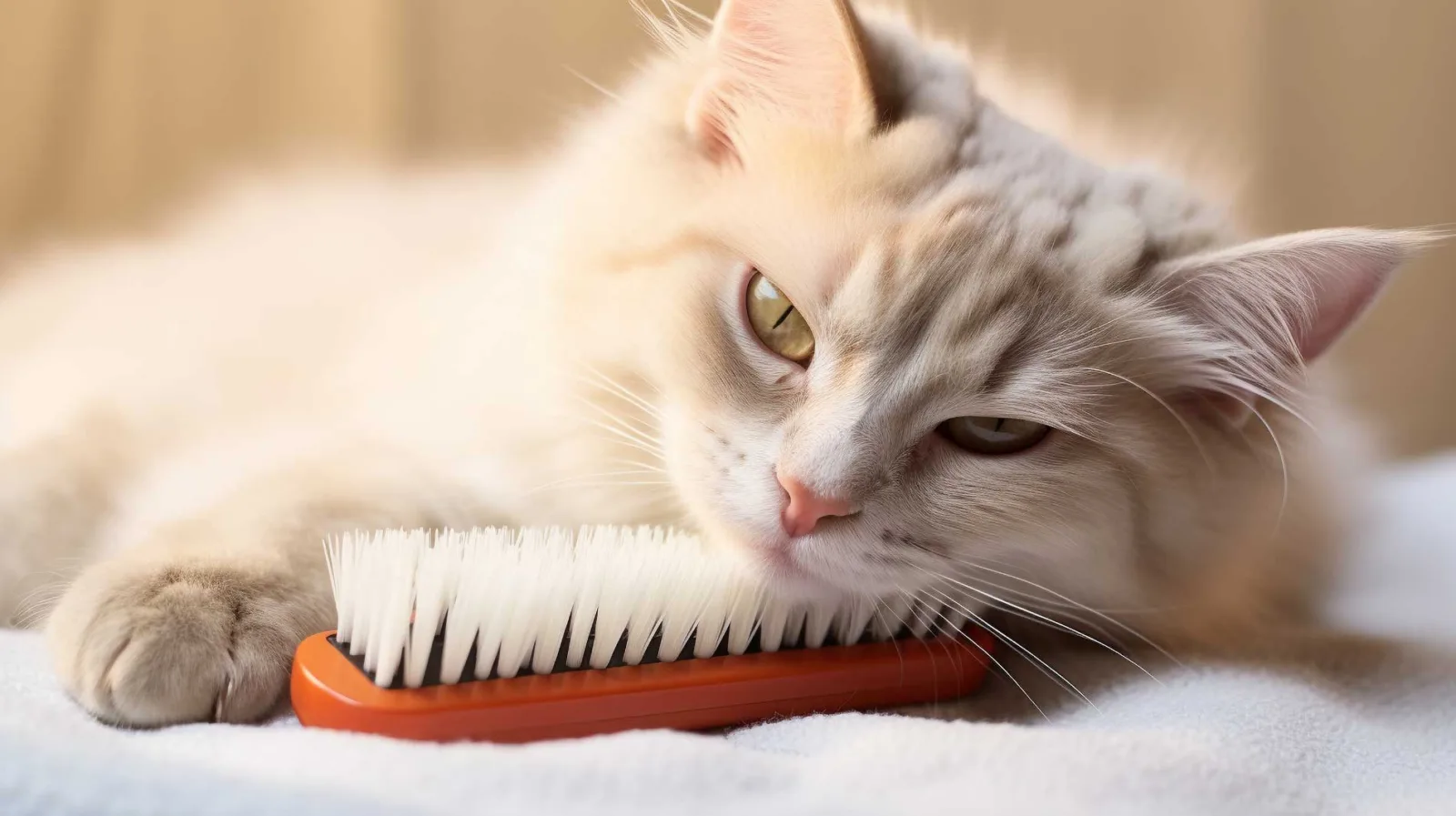
Sometimes your elderly kitty is just not able to stretch as well as she used to anymore. That can be due to her joints getting stiffer and might be a hint of arthritis or a similar degenerative joint disease. Places to look out for unkempt fur are especially the chest, stomach, hind legs, lower back, and bottom.
Hypertrophic Cardiomyopathy (HCM)
HCM is the most common form of heart disease, hereditary, and causes enlargement (hypertrophy) of the heart muscle. Since this disease usually starts breaking out around 8 years of age, it’s very important to start checking the heart regularly, as it can be fatal if left untreated.
Support grooming and skin care
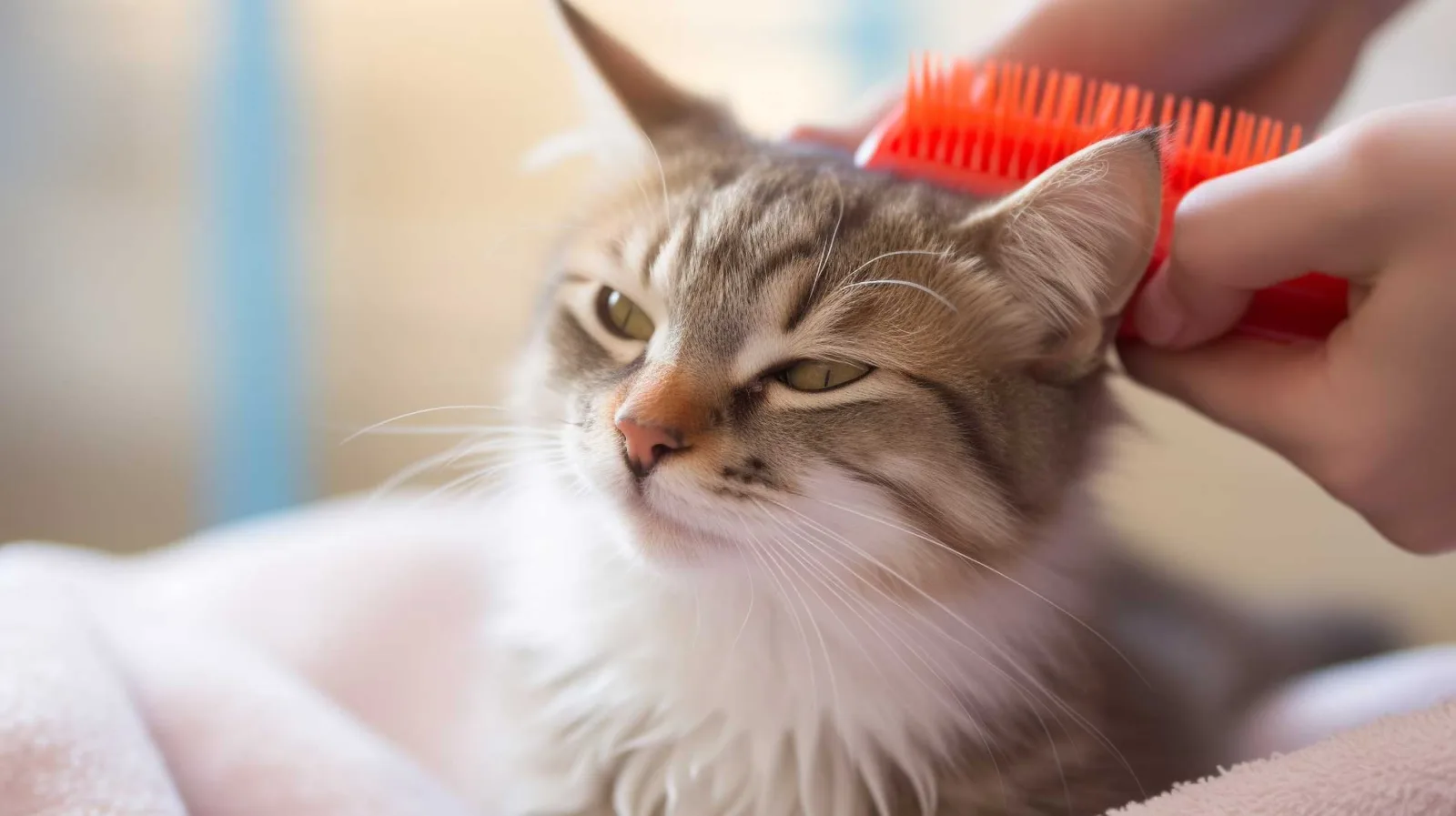
You’ll want to support your furball with grooming in this stage because she can’t move so well anymore. Places that need a very flexible spine to reach, like her own chest, back, and hind legs might start matting. To assist your senior cat in caring and grooming herself, consider the following types of brushes:
- Undercoat Brushes: These are usually compact and combine wire bristles with scissor-like bristles. They are designed to remove the undercoat, which helps prevent matting.
- Knot-Removing Brushes: These brushes have numerous wire bristles, making them effective for detangling felted knots.
- Massage Brushes: Typically made with synthetic bristles, these brushes are gentler and are ideal for giving your cat a soft skin massage.
Feed your cat according to age
Most health issues stem from dietary causes, and the older a cat gets, the less resilient she usually is towards illness. To do all you can to support your cat with a senior-friendly diet means that you need to feed your cat with wet food if you don’t already.
Dry food, hydration, and kidney health
Lots of cats die of kidney disease which likely comes from a lifelong lack of hydration due to getting fed dry food for complete food. Start adding a few drops of water extra to her wet food, a little more each day until you can stir in a full spoon of (warm) water. This not only makes food more enticing as it slightly warms it up, but also gives a bit of extra hydration.
You should encourage your granny cat to drink. This means placing multiple different dishes around your home she can drink out of. Some cats are spooked by dark water sources, so try using bright bowls. Use a fountain and place the feeding dish a bit further away in order to make the water source more attractive.
Omega Fatty Acids
Another consideration should be to add wet foods that contain fish oil to your cat’s diet because it contains omega fatty acids which are beneficial for senior cats.2 Cats need a certain balance of fatty acids, so do not supplement your cat’s food without professional help! If you want to know more about supplements, you should talk to a cat nutritionist in your area.
Adapt your home
Elderly cats may face mobility challenges. High perches or resting spots might become inaccessible. Their joints might not allow them to jump down from high places with impact because of pain. Consider introducing steps or ramps to aid their movement. Given their reduced mobility and love for warmth, consider lowering the entrance to favorite places and putting e.g. down-filled, warm beds, at resting places.
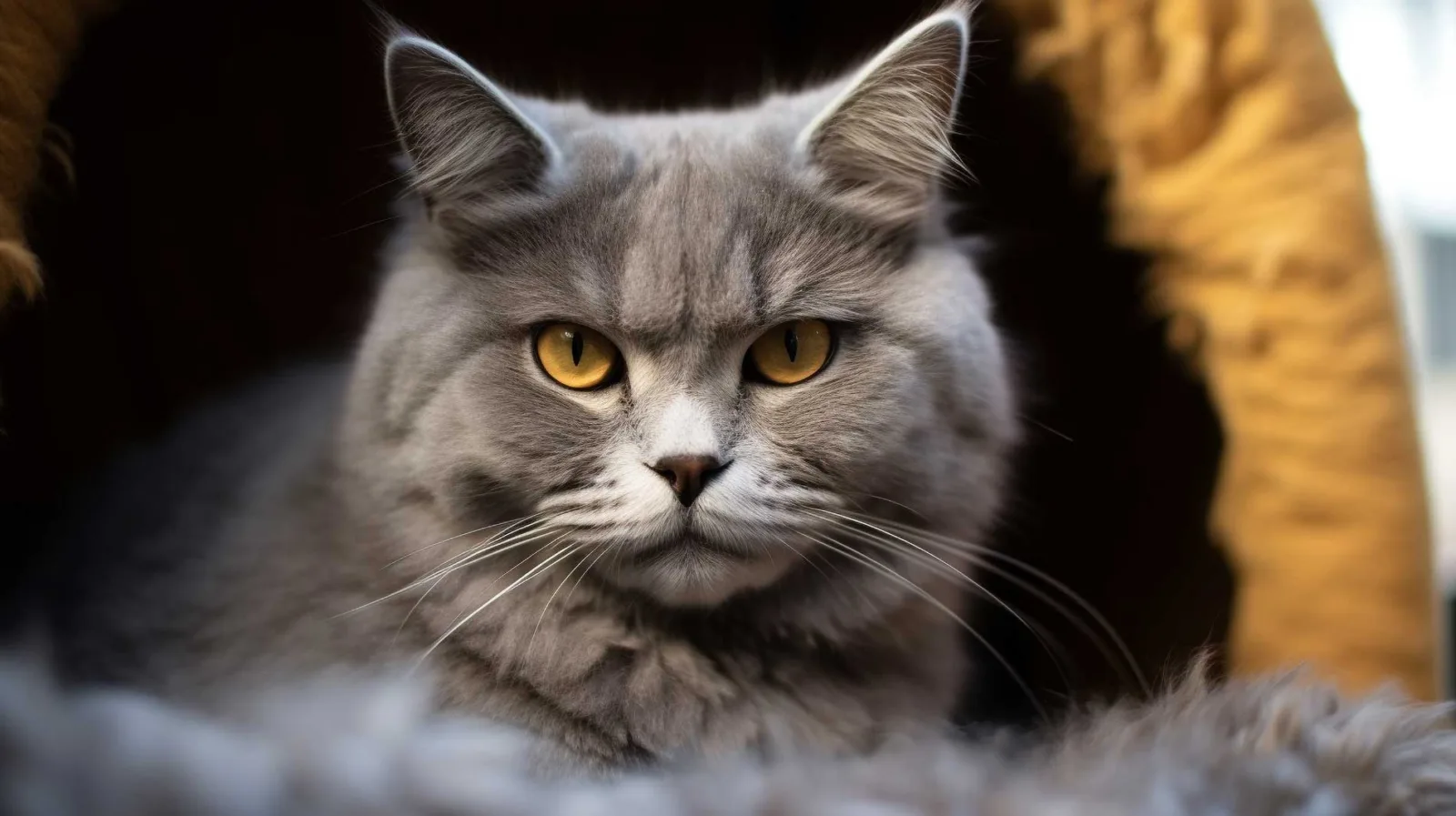
As older cats also have reduced sensory perception, they smell less, which means that you might have to change the way you present food to your furball. For example, if you notice that she is getting more finicky with eating, here are some tricks you can try to make food more enticing for your senior cat:
- Add a small amount of snacks to the food. This stronger smell should fire up her appetite.
- Warm up her food (which also helps to make the smell more intense):
- Add warm water (only if your cat is used to having extra water in her food, otherwise this might upset her stomach)
- Microwave the food bowl for a few seconds on a low setting (skin temperature only, it should not steam)
- If you use steel bowls, you can warm up the food on your induction stove (if the bowl is hot, please use a different bowl for presenting the food).
- Use bowls that have a greater contrast to the food. For example, if you serve bright meat, use a dark dish, and the other way around.
A senior cat still needs mental and physical stimulation
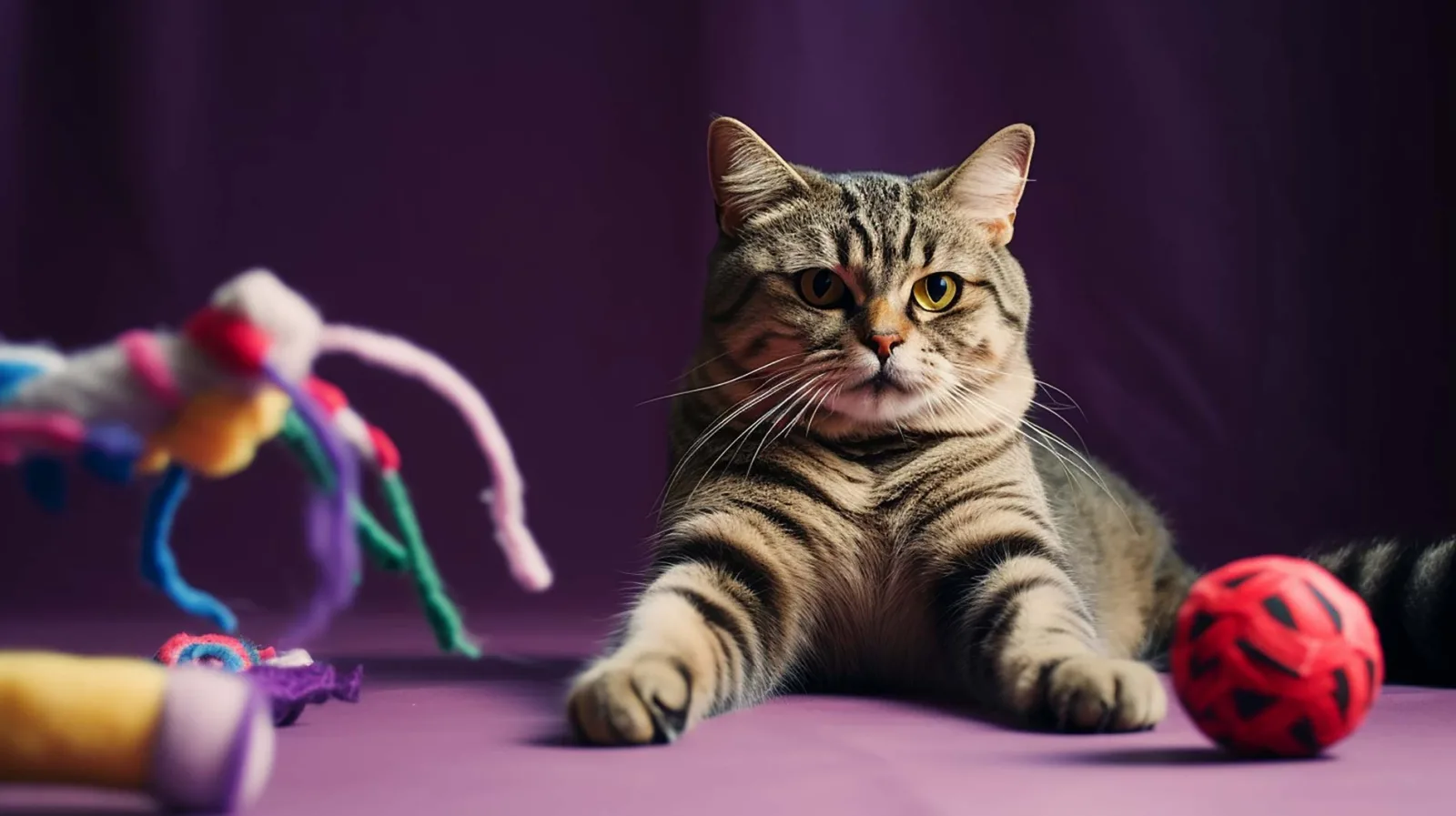
Engaging older cats mentally and physically is essential. Some might become lethargic, while others might forget their feeding schedules, leading to overeating. Introduce puzzle toys, or short play and training sessions to keep them active and mentally sharp.
In conclusion, understanding and catering to the unique needs of your senior cat can ensure she’ll lead a comfortable and fulfilling life in her golden years. We hope this comprehensive overview has provided you with the most important information at a glance. Let us know if you missed anything.
